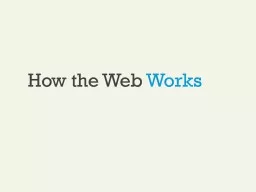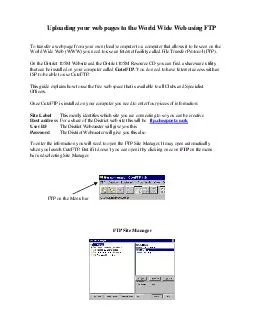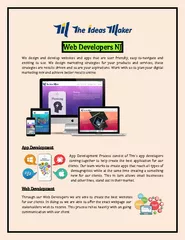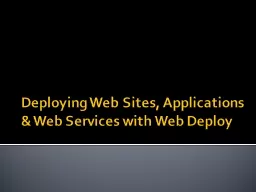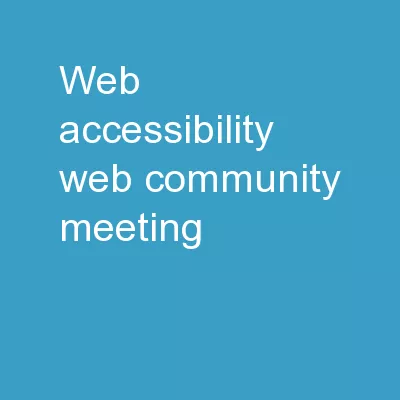PPT-How the Web
Author : tatyana-admore | Published Date : 2017-10-12
Works Chapter 1 Objectives Definitions and History Internet Protocols ClientServer Model Where is the Internet Domain Name System Uniform Resource Locators
Presentation Embed Code
Download Presentation
Download Presentation The PPT/PDF document "How the Web" is the property of its rightful owner. Permission is granted to download and print the materials on this website for personal, non-commercial use only, and to display it on your personal computer provided you do not modify the materials and that you retain all copyright notices contained in the materials. By downloading content from our website, you accept the terms of this agreement.
How the Web: Transcript
Download Rules Of Document
"How the Web"The content belongs to its owner. You may download and print it for personal use, without modification, and keep all copyright notices. By downloading, you agree to these terms.
Related Documents

